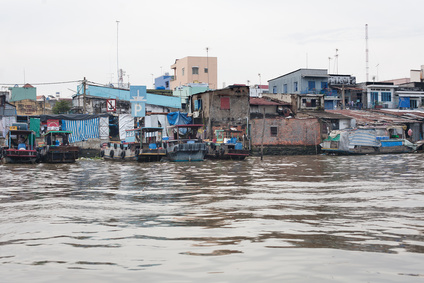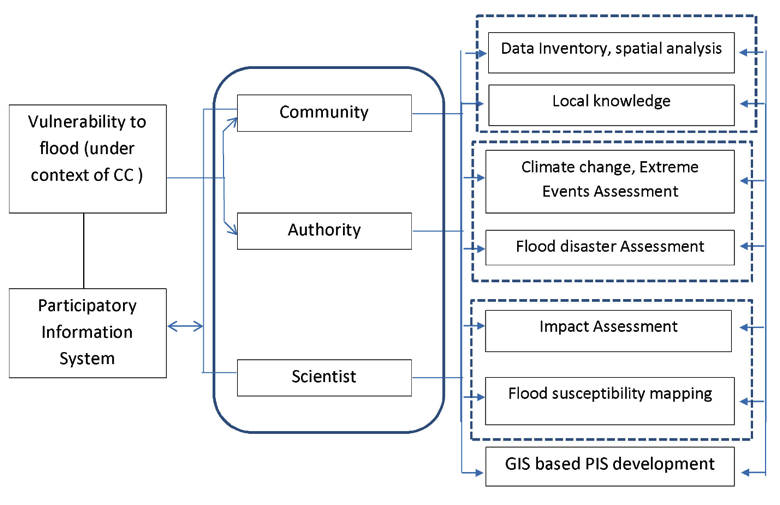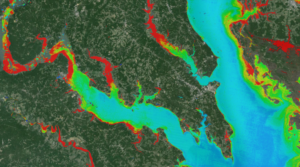
Presentation Title
Collaborative GIS for flood susceptibility mapping: An example from Mekong river basin of Vietnam
What are the major findings of this research?
There is a local demand for a Participatory Information System (PIS) that integrates the multiple and inter-disciplinary scientific and technological knowledge with local experiences. Such integration can provide an effective tool for increasing community resilience towards climate change-induced disasters (flood, drought…), and for facilitating local sustainable development practices by means of mass participation.
How will your collaborative platform potentially help during future floods in Vietnam?
This approach is typically directed toward the widest possible array of end users (decision makers, managers, local communities) whose contributions may vary considerably. The combination of these benefits may result in direct, specific intersectional actions, and thus provide for better analysis, control and decision-making.
Why were Landsat data used to calculate index images?
Landsat data are free and easily accessible with valuable spectral information (via the USGS EarthExplorer or Google Earth Engine).

This research is funded by the Ministry of Science and Technology, Vietnam. The author’s participation at the AGU fall meeting was funded by the Asian Disaster Preparedness Center, SERVIR-Mekong.
Anyone can freely download Landsat data from the USGS EarthExplorer or LandsatLook.
Further Reading:
+ Landsat Abounds at #AGU16

Be Part of What’s Next: Emerging Applications of Landsat at AGU24
Anyone making innovative use of Landsat data to meet societal needs today and during coming decades is encouraged to submit and abstract for the upcoming “Emerging Science Applications of Landsat” session at AGU24.





